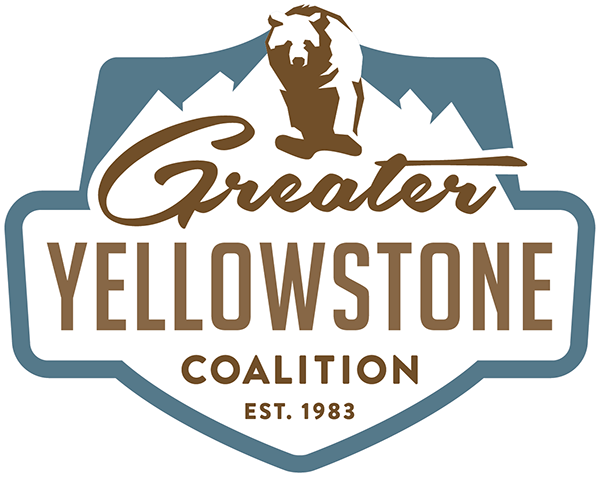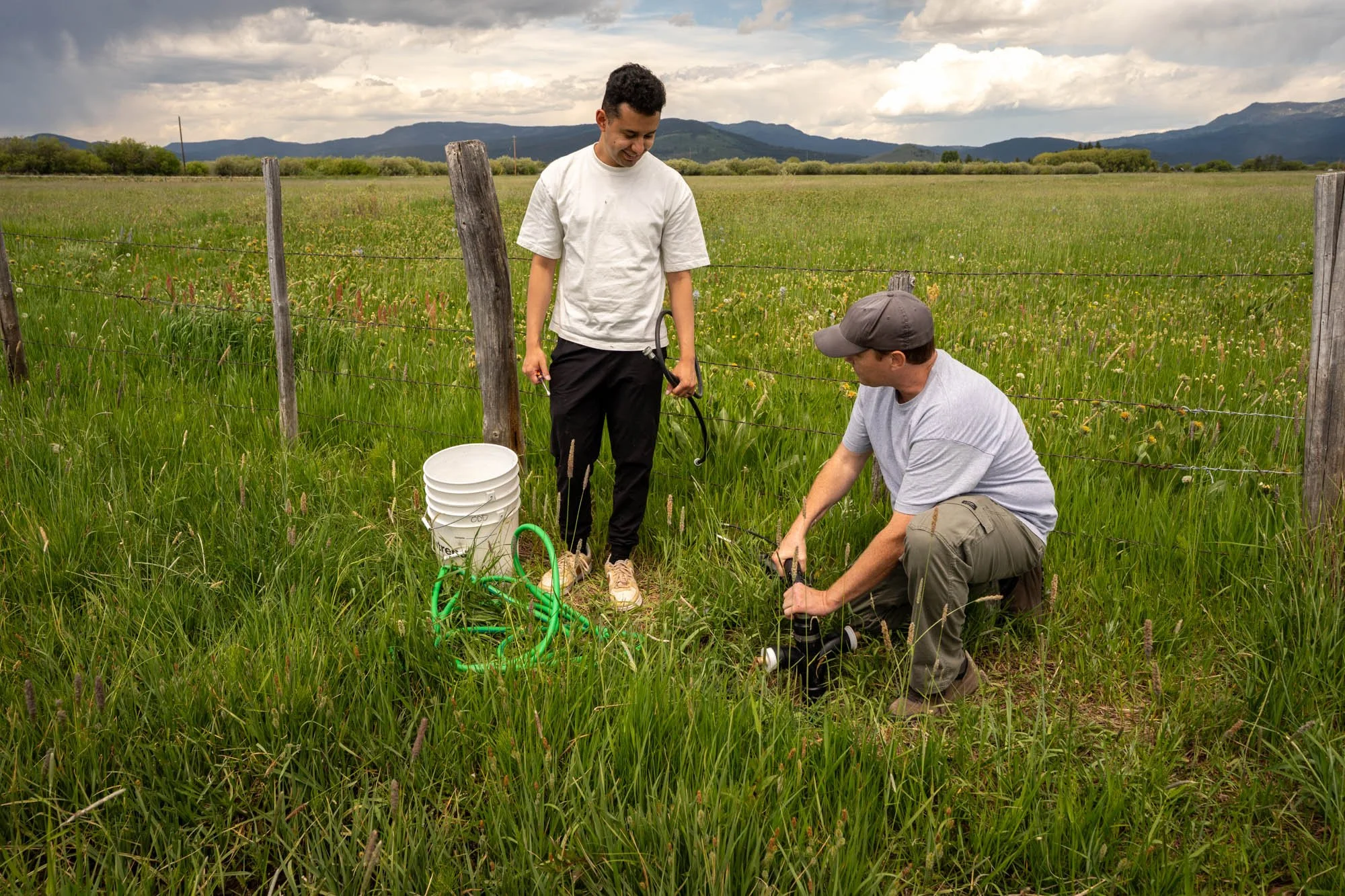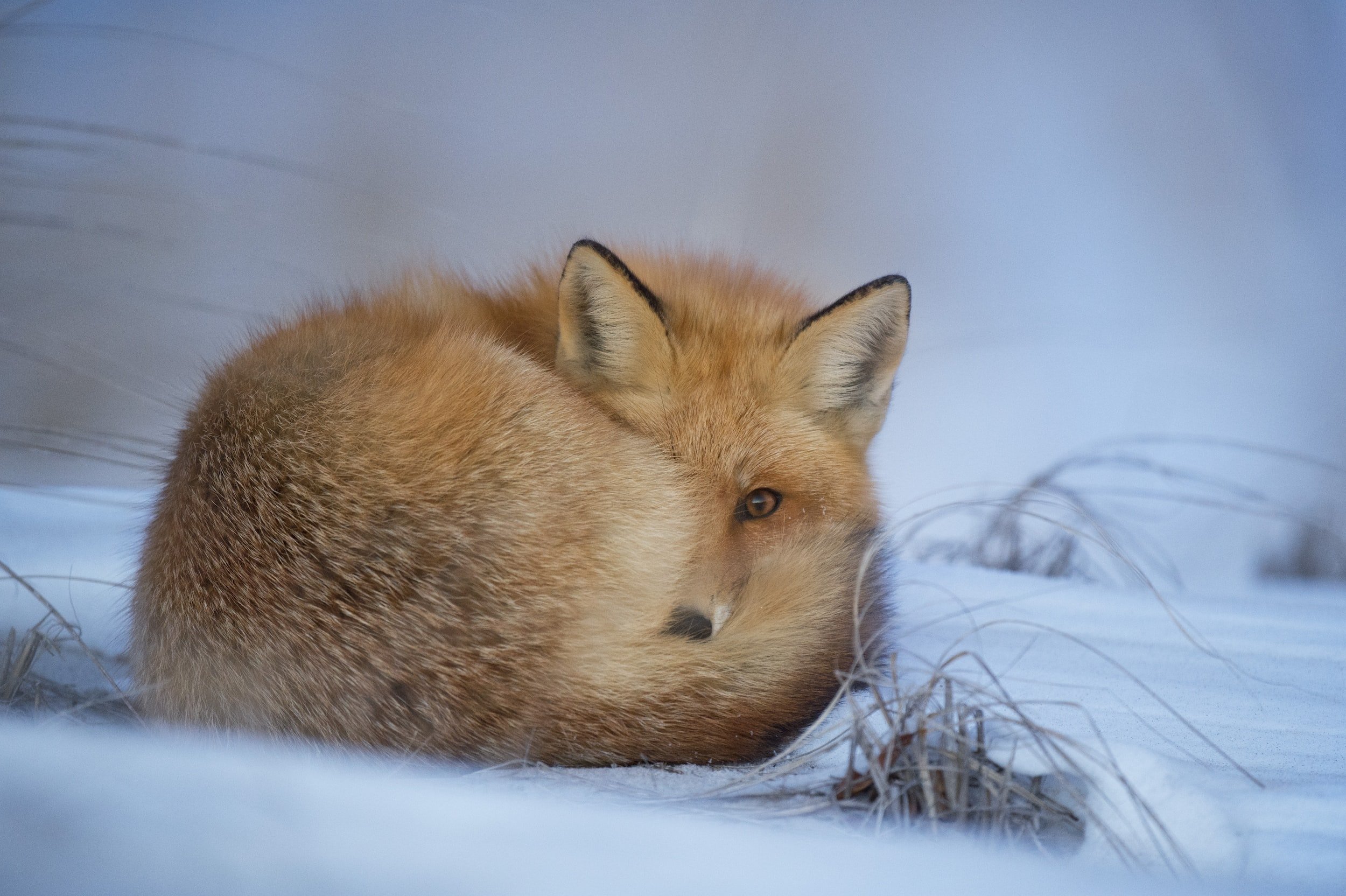Blog and Stories
Water Quality Study Underscores Dangers of Cyanide Gold Mining in Centennial Mountains
A recent water quality study by researchers at Brigham Young University–Idaho found that streams near the Kilgore Gold Exploration site are highly sensitive to acid pollution, underscoring the risks that a potential open-pit, heap-leach cyanide gold mine could bring in this area.
Together, We’re Greater
What we’ve learned over the last four decades, and even more acutely understood in just the last few years, is that conserving a place as big as Greater Yellowstone starts small. Conservation of this beloved region begins first in conversations with friends, stakeholders, and neighbors. It’s working together with all people to build home-grown solutions that protect iconic wildlife, our public lands, and the cold, clean waters that are the lifeblood of Greater Yellowstone. And it turns out that when we work together, we’re greater.
Greater Yellowstone Coalition Launches Public Lands Protection Ad Campaign
GYC launches public lands protection campaign.
Idaho Lawmakers Weaken Cyanide Mining Safeguards, Threatening Water, Wildlife, and Outdoor Heritage
Idaho’s passage of Senate Bill 1170 weakens cyanide mining safeguards by transferring oversight from environmental experts to lawmakers, allowing mining companies to operate with fewer safety rules despite cyanide’s well-known risks. This shift endangers Idaho’s clean water, wildlife, and outdoor heritage—resources GYC is working to protect in Kilgore, where a foreign, financially unstable company is exploring for gold. Without action, an open-pit, heap-leach cyanide mine could transform this unspoiled corner of the Centennial Mountains.
Stopping the Sale of Our Public Lands
Right now, members of Congress are proposing a plan to sell-off our public lands. The very lands that unite us as Americans, that pump billions of dollars into Western states’ economies, and that have been part of our heritage for generations.
We need you to tell Congress our public lands are NOT for sale.
Act Now: Shape the Future for Grizzly Bears
The U.S. Fish and Wildlife Service wants to hear from people who care about grizzly bears and want to help shape their future.
New Crossings to Protect Migrations for One of Idaho’s Largest Mule Deer Herds
The Idaho Transportation Department recently secured $20.8 million in federal grant funding to build three wildlife underpasses at Rocky Point, a section of U.S. Highway 30 that has an unprecedented number wildlife-vehicle collisions every year. This funding will create safer conditions for drivers and allow one of Idaho’s largest mule deer herds to complete seasonal migrations.
Grizzly Bear Decision Protects Bears While Providing a Path for Durable Recovery and More Tools for Communities
On January 8, 2025, the U.S. Fish and Wildlife Service’s announced the decision to keep grizzly populations protected under the Endangered Species Act and proposed next steps highlights the unique needs of grizzlies and charts a durable path for improved co-management with states so that communities have the best available tools for living alongside bears.
Celebrating Our Favorite Moments from 2024
We recap our 2024 favorite conservation moments and wins in Greater Yellowstone.
Looking to the Past to Stop Cyanide Mining in Kilgore, Idaho
Modern gold mining often involves stripping hillsides, crushing rock into dust, and using cyanide solutions to extract gold from low-grade ore. Although this method of heap-leaching is economically efficient, it poses substantial environmental risks. Numerous catastrophic mining failures in the U.S. in recent decades offer a cautionary tale of what could go wrong if the financially unstable foreign mining company currently exploring for gold in the Centennial Mountains above Kilgore, Idaho are permitted to mine.
Bolstering the Clean Kilgore Coalition to Fight a Toxic Mine in Southeast Idaho
A growing number of Idaho hunters, anglers, farmers, ranchers, outdoor recreationists, families, and conservationists have joined the Clean Kilgore Coalition to protect the precious water, land, wildlife, and outdoor heritage that Excellon’s toxic gold mine would threaten.
Final Travel Management Plan Released for Southeastern Idaho BLM Lands
The Bureau of Land Management (BLM) Upper Snake Field Office recently released a plan that defines and manages travel and recreation on its lands in southeast Idaho. The plan –the Upper Snake East Travel Management Plan – is the first of its kind in this corner of Idaho. The GYC team is continuing to evaluate what this plan means for BLM lands in southeast Idaho and the wildlife and natural resources they support.













